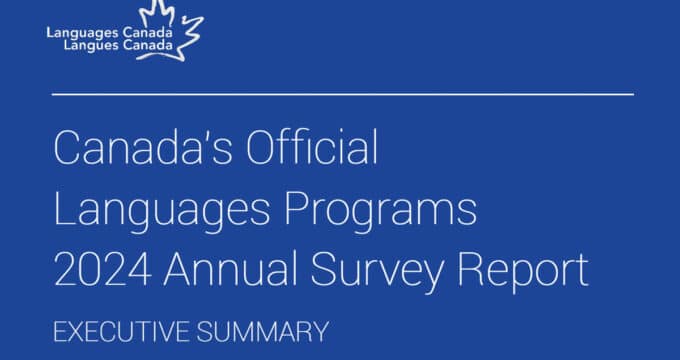China opens up work rights for foreign students; Indonesia moves to streamline visa processing
The growing trend to intra-regional mobility is one that we will continue to follow as it bears both on the world’s major established sending markets - China, India, Korea, and others - as well as some of the most important emerging economies in Asia, Europe, Africa, and Latin America. Looking just at Asia, the percentage of mobile East Asian students studying within the region rose from 36% to 42% between 1999 and 2007. This is a significant shift given that more than half of all internationally mobile students worldwide (53%) call Asia home, and indications are that the trend toward increasing mobility within the region has continued in the years since. As the OECD noted in Education at a Glance 2014, "Global student mobility follows inter-and intra-regional migration patterns to a great extent. The growth in the internationalisation of tertiary enrolment in OECD countries, as well as the high proportion of intra-regional student mobility show the growing importance of regional mobility over global mobility. Student flows in European countries and in Eastern Asia and Oceania tend to reflect the evolution of geopolitical areas, such as closer ties between Asia-Pacific countries and further co-operation among European countries beyond the European Union." In other words, as bilateral ties strengthen within the region, and as major economies such as China and India claim a larger place on the world stage, these developments will continue to factor in the study abroad decisions of Asian students. This pattern of increasing mobility within the region is also influenced by the international recruitment goals of an expanding field of host nations within Asia:
- China hosted nearly 380,000 foreign students in 2014 but has a target to attract 500,000 by 2020;
- Japan is aiming for a target of 300,000 students in 2020;
- Malaysia wants to reach a foreign enrolment of 250,000 by 2025;
- South Korea has a goal to recruit 200,000 foreign students by 2023;
- Taiwan is on pace to reach its target of 160,000 students by 2020.
These emerging regional hubs have had ample opportunity to learn from the experiences of more established study destinations, particularly with respect to the critical linkages between underlying patterns of mobility and trade, quality of education, active recruitment strategies, and immigration policy in attracting internationally mobile students. With that in mind, it will be important to watch for relevant regulatory change - particularly in terms of student visa processing and foreign student work rights - in regional destinations across Asia. Any such changes will be an indication of the country’s commitment to its international recruitment goals, and will directly influence its attractiveness to students in the region. We have two recent examples to consider along this line: China has relaxed restrictions on work opportunities for international students in Beijing, and Indonesia has taken steps to streamline visa processing for foreign students.
Work rights in China’s Silicon Valley
The Chinese government announced a series of new policies on 12 January 2016 that will expand work rights for foreign university students in Beijing. This is a notable - if geographically limited - reversal of a 2013 move to restrict work opportunities for international students in China. Under the new policies announced by the Ministry of Public Security in January, foreign students will be able to pursue internships, part-time employment, and even entrepreneurship in the Zhongguancun area of Beijing. Zhongguancun is a science and technology hub in Beijing’s Haidian District, in the northwestern part of the city. The area has a prominent place in the Chinese imagination and in China’s economy, and is commonly referred to as China’s Silicon Valley. The improved prospects of staying on to work or start a business in China will only reinforce the attractiveness of Beijing-area universities for foreign students. As we noted in a recent report, there is considerable research to indicate that employability and graduate employment outcomes are key considerations for prospective international students in choosing a destination country. More specific to the new opportunities now available in Zhongguancun, a recent survey of more than 300 South Korean students studying in China found that 90% wanted to stay in the country, whether by getting a job or starting a business after graduation.
Smoothing visa processes in Indonesia
Meanwhile, Indonesia has announced an easing of visa requirements for foreign students. While it has not announced a hard target for international enrolment as such, the move is explicitly connected to the country’s interest in attracting greater numbers of students from abroad. There are two main aspects to the changes, which are due to come into effect in February 2016. First, the application processes for two related travel documents will now be more integrated: the temporary stay permit visa (VITAS), which is used to enter the country, and the temporary stay permit (ITAS), which is required for visitors (including students) that stay on in Indonesia. Second, the applications for both travel documents may now be made entirely online (whereas students were previously required to visit an Indonesia Immigration Office to apply). The Jakarta Post reports that under the new system VITAS holders will now be required to fill out an ITAS application and upload the documents via an online platform within 30 days of their arrival in Indonesia. The newspaper cautions, however, that the integrated online application process for the ITAS permit is only available to VITAS holders. Those holding a regular tourist visa will be unable to switch to either a VITAS visa or ITAS permit.


















